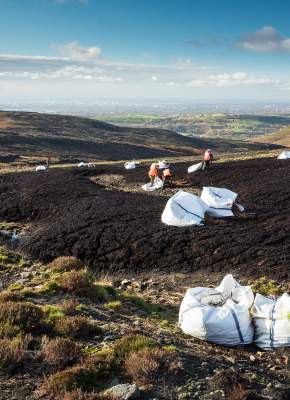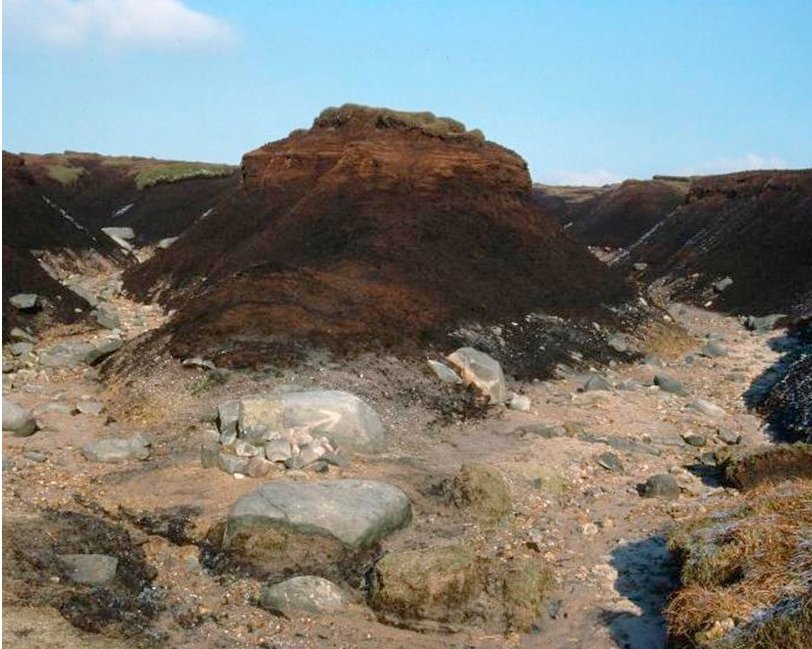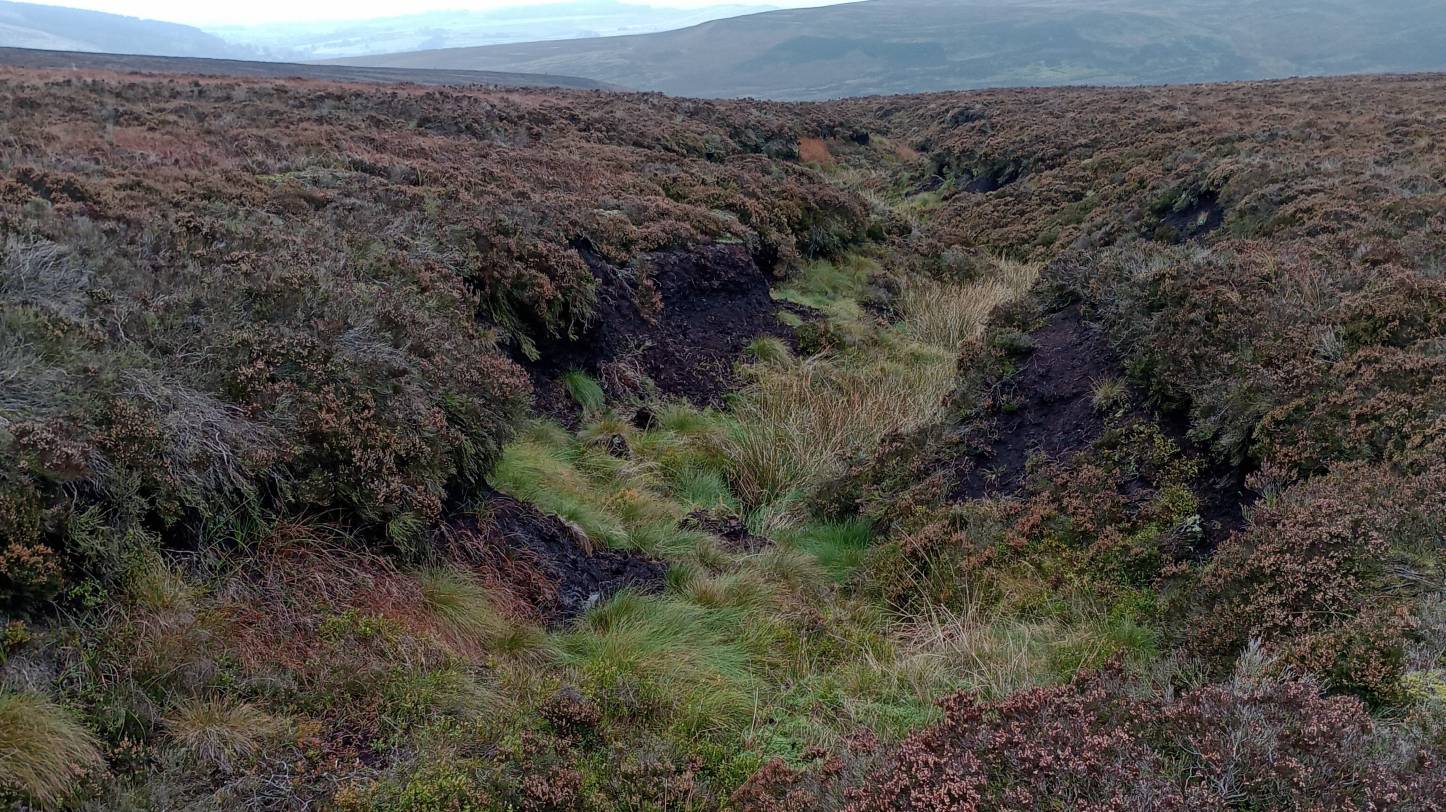Restoring our peatlands
Years of peat degradation is leading to the loss of carbon from areas where peat is bare
Moor Carbon is a government funded project which aims to reduce UK carbon emissions through the restoration of blanket bog
Restoration will also create new habitats for wildlife and improve drinking water quality, as well as reducing flood risk in some places
Locking in carbon
Project start date: April 2018
Project end date: March 2021
Peatlands across northern England have been badly degraded by decades of industrial pollution and wildfires. Acid rain and wildfire has killed off vital bog-mosses called sphagnum, leaving the peat beneath bare and exposed.
Peat is the biggest single store of carbon in the UK, storing the equivalent of 20 years of all UK C02 emissions. On healthy peatlands, special plants help the peat to suck in carbon out of the air, like trees do. But when the peat is bare, carbon is released into the atmosphere.
We are delivering conservation work on seven sites across the Peak District National Park and South Pennines, as well as venturing into new territory in the newly designated West Pennine Moors Site of Special Scientific Interest (SSSI). Together with stakeholders in moorland areas stretching from Buxton to Burnley, the Partnership will deliver works to allow moorland plants to flourish on areas of peat that are currently bare, helping the peat to store carbon.
We are also taking steps to make the moors wet again, by constructing dams to trap water. This will help to stop peat being carried off the hills by rainwater into streams and reservoirs and releasing carbon in the process.
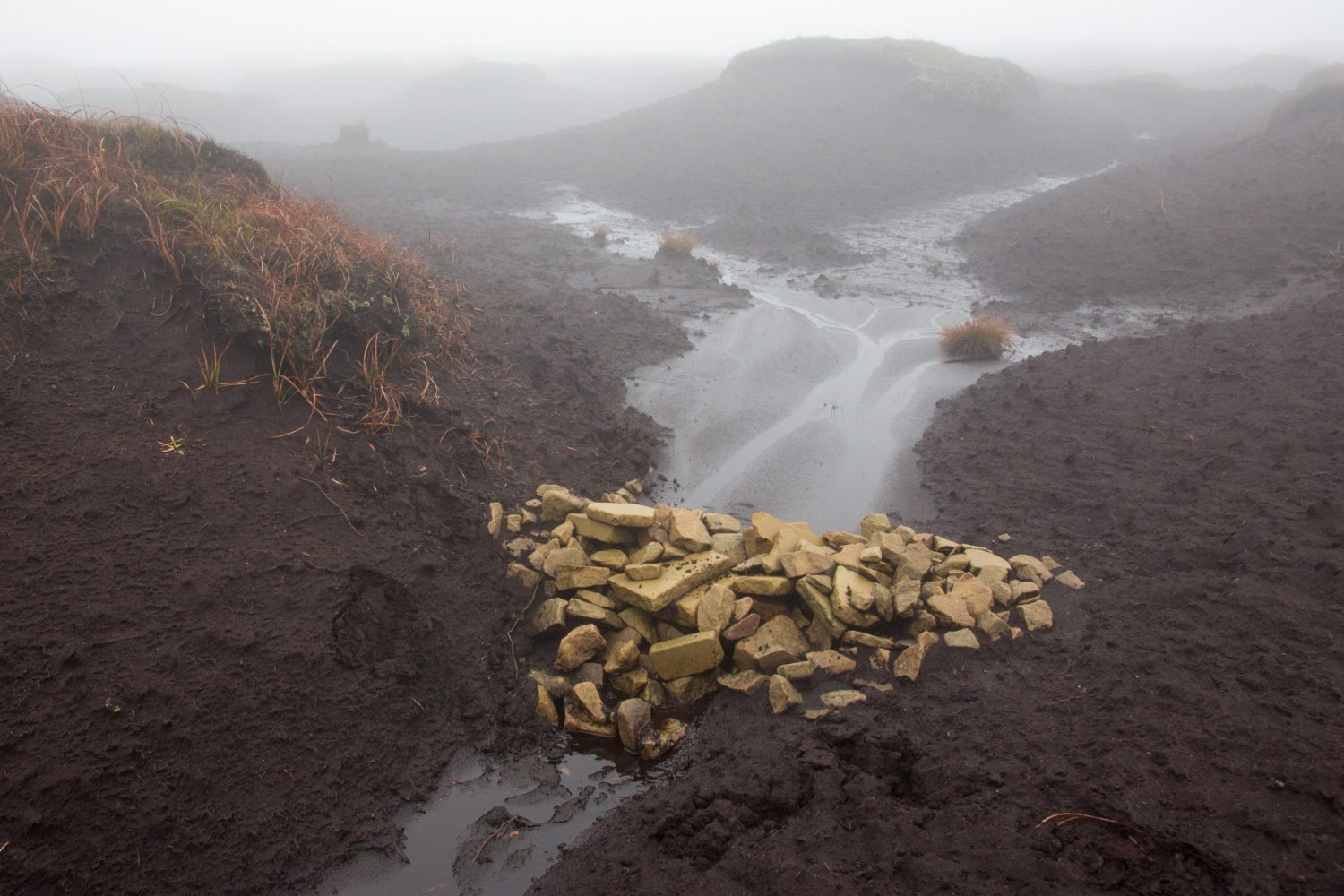
We hope the work will result in 4,500 tonnes of carbon per annum being locked into the blanket bog moors as a result of the works - that’s the same amount of carbon as taking more than 880 cars off the road for a year! The conservation work taking place will help to make a big difference to the UK’s target; to reduce carbon emissions by at least 80% of its 1990 levels by 2050.
The benefits of the project aren’t just limited to carbon storage. The newly vegetated peat will provide a unique habitat for a range of wildlife including golden plover and mountain hare. Re-vegetation will also prevent carbon from being washed into our water supplies meaning better quality drinking water and less money required by water companies to clean water before we consume it.
Dams will help increase the water table (depth of water in the peat), supporting specialist bog species of animal and plant life and also reducing the risk of flooding downstream.
Our project was chosen to be funded by Defra in 2018 based on its value to wildlife and potential for carbon capture. This was one of two successful bids in the north to fund peatland conservation from the Peak District to the Scottish border, an area which spans almost 4,200 hectares in total; the same size as more than 6,700 football pitches.
Project updates
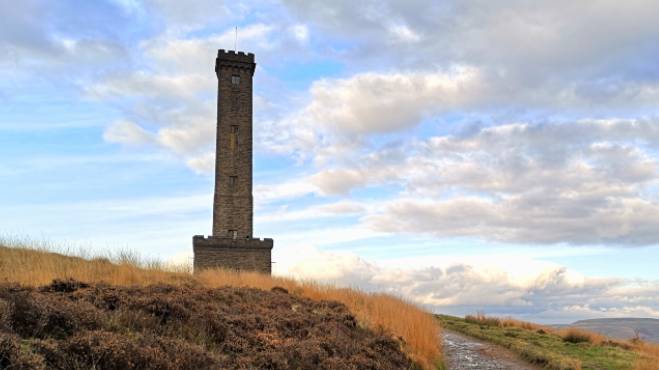
December 2019
Work begins to restore Holcombe Moor
The beginning of important work to improve Holcombe Moor peatland using several methods including the installation of permeable dams and the reintroduction of sphagnum moss.
